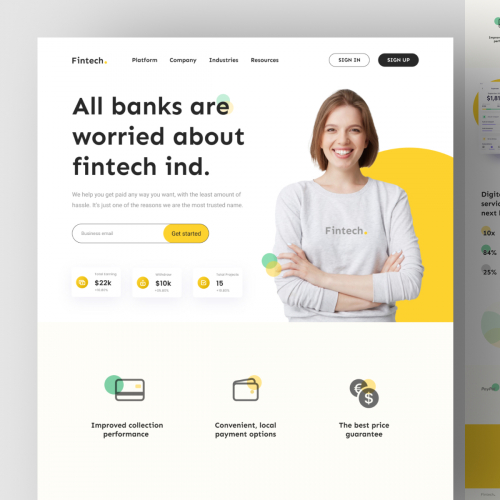Ahlian Jian Insights
Exploring the latest trends and news in various fields.
Design Doodles: Unconventional Sources of Web Design Inspiration
Unlock your creativity! Discover unexpected sources of web design inspiration that will elevate your projects and spark your imagination.
10 Unlikely Places to Discover Web Design Inspiration
When seeking web design inspiration, look beyond traditional sources and tap into unexpected places. One of the most surprising avenues is nature. The organic patterns, vibrant colors, and asymmetries found in leaves, water formations, and wildlife can spark unique ideas for layout and color schemes. Want to see this in action? Check out National Geographic for stunning photography that showcases the beauty of nature.
Another unlikely source of web design inspiration can be found in the art of street murals. These vibrant displays of creativity often incorporate bold typography, striking color combinations, and innovative use of space. Exploring local urban art can open your eyes to new design possibilities that could be translated into a website. For a peek into the world of street art, visit Street Art News, where you'll find galleries and artist features that could ignite your creativity.

How Everyday Objects Can Spark Creative Web Design Ideas
Everyday objects often hold untapped potential for inspiring creative web design ideas. For instance, consider the simple coffee cup. Its shape, color, and even the steam rising from it can lead to unique design elements such as buttons or icons that mimic the curves and warmth of a coffee cup, creating a cozy user experience. Beyond aesthetics, the functionality of these objects can influence design, such as using a pencil to incorporate elements that enhance user interaction, like sliders and drawing tools in creative web applications.
Moreover, looking at everyday materials gives us insight into textures and colors that evoke emotions. The textures of a handmade fabric or the minimalist design of a modern clock can translate into background patterns or layout options that create a sense of depth and engagement. By observing these ordinary items, designers can find innovative ways to communicate messages in their websites, ensuring a memorable visitor experience. This exploration not only elevates the aesthetic appeal but also infuses the functionality of web design with a creative spark.
What Can Nature Teach Us About Web Design Aesthetics?
Nature has always been a wellspring of inspiration, offering lessons in web design aesthetics that can lead to more harmonious and effective digital experiences. For instance, the principle of biomimicry finds its way into design by emulating nature’s forms, processes, and ecosystems. Just as flowers use vibrant colors and intricate patterns to attract pollinators, web designers can leverage color theory and visual hierarchy to draw users' attention. Paying attention to natural compositions can inform layout choices, guiding the viewer's eye naturally across the page, much like a scenic landscape does.
Furthermore, nature’s ability to maintain balance and coherence provides valuable insights for creating user-friendly interfaces. The concept of visual harmony—where all elements work together seamlessly—can be seen in a natural environment where each component, from the size of leaves to the bark texture, complements the whole. Designers can apply this by ensuring consistent styles and cohesive color palettes, creating an intuitive experience for users. As explored in various design resources, emulating the organic complexity found in nature can lead to websites that are not only aesthetically pleasing but also functional and easy to navigate.